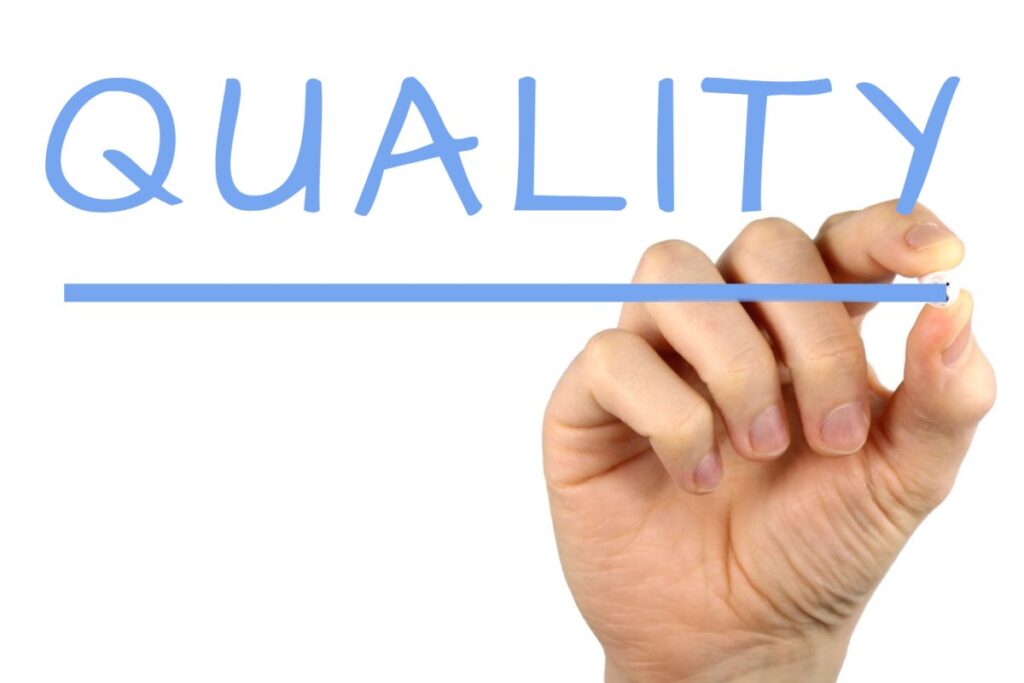The Impact of AI on Food Safety and Quality Control

In the rapidly evolving food industry, artificial intelligence (AI) is playing a crucial role in enhancing food safety, improving quality control, and streamlining production processes. AI systems are increasingly being integrated into various stages of food production, from farm to table, to ensure that food is safe, consistent, and of the highest quality.
What Is AI in Food Safety and Quality Control?
AI in food safety and quality control refers to the application of advanced algorithms, machine learning, and data analytics to monitor, detect, and manage food quality and safety risks. This technology is being used to predict potential hazards, improve production efficiency, and ensure products meet the necessary standards.
Applications of AI in Food Safety
- Predictive Analytics for Risk Detection
- AI models analyze historical data, weather patterns, and environmental factors to predict potential contamination risks like bacterial outbreaks or spoilage.
- Machine learning can detect irregularities in temperature, humidity, or pH levels that could signal contamination.
- Smart Sensors for Monitoring
- IoT-enabled sensors continuously monitor food products during storage, transportation, and handling to track temperature and humidity in real-time.
- AI-powered vision systems can scan food products for visual defects or contaminants, ensuring higher quality control standards.
- Automated Food Testing
- Robots equipped with AI capabilities conduct rapid testing for pathogens, chemicals, and allergens, reducing human error and increasing accuracy.
- AI systems can quickly analyze results and take corrective actions when necessary, speeding up testing processes.
- Supply Chain Optimization
- AI tracks the entire journey of food from farm to consumer, identifying potential quality issues during transport or storage.
- Data-driven insights enable smarter inventory management, reducing food spoilage and waste.
- Traceability and Transparency
- AI helps trace food’s journey from source to shelf, offering transparency to consumers about sourcing, ingredients, and safety protocols.
- Blockchain combined with AI is enhancing traceability by securely recording data at each stage of production and distribution.
Benefits of AI in Food Safety and Quality Control
- Improved Food Safety
- AI improves the accuracy of food safety testing, identifying risks that human inspectors might miss.
- Early detection of contamination helps prevent foodborne illness outbreaks and ensures consumer protection.
- Increased Efficiency
- AI automates repetitive tasks like inspection, testing, and data analysis, freeing up human workers for more complex tasks.
- Faster decision-making leads to quicker response times in addressing food quality issues.
- Cost Reduction
- Reduced errors and waste lead to cost savings for food producers.
- Predictive analytics helps identify issues before they become major problems, preventing costly recalls and product losses.
- Consistency and Quality
- AI systems ensure that food products maintain consistent quality standards, whether it’s flavor, texture, or appearance.
- This leads to better consumer satisfaction and brand loyalty.
Challenges in Implementing AI in Food Safety
- Data Security and Privacy
- Protecting sensitive data collected by AI systems is crucial to avoid cyber threats and breaches.
- Consumers’ trust can be compromised if data privacy is not handled properly.
- High Initial Investment
- The cost of implementing AI technology and upgrading systems can be prohibitively expensive for small businesses.
- Ongoing maintenance and updates add to the costs of adoption.
- Skilled Workforce
- Businesses need to train employees to work with AI systems and manage the technology, requiring new skills and expertise.
- A shortage of skilled professionals in AI and machine learning poses a challenge for widespread adoption.
Real-World Examples of AI in Food Safety
- IBM Watson in Food Safety: IBM’s AI-powered solutions use predictive analytics to track food supply chains and identify potential risks, ensuring food safety and quality at every stage.
- DeepMind’s AI System: DeepMind has developed AI technology that predicts the behavior of bacteria, helping scientists develop strategies to combat foodborne illnesses.
- Coca-Cola’s AI Inspection: Coca-Cola uses AI-powered visual inspection systems to detect defects in its products, improving quality control and reducing waste.
The Future of AI in Food Safety and Quality Control
As AI technology advances, its role in food safety and quality control will only increase. In the future, AI could:
- Enable fully automated food safety checks in real-time across production lines.
- Integrate with blockchain for enhanced traceability and transparency.
- Provide consumers with more information about the safety and quality of their food via AI-enabled apps.
Conclusion
AI is transforming food safety and quality control by enabling faster, more accurate detection of risks, optimizing supply chains, and ensuring consistent quality in food production. As businesses continue to embrace this technology, we can expect food safety standards to improve, product recalls to decrease, and consumer trust to grow.



